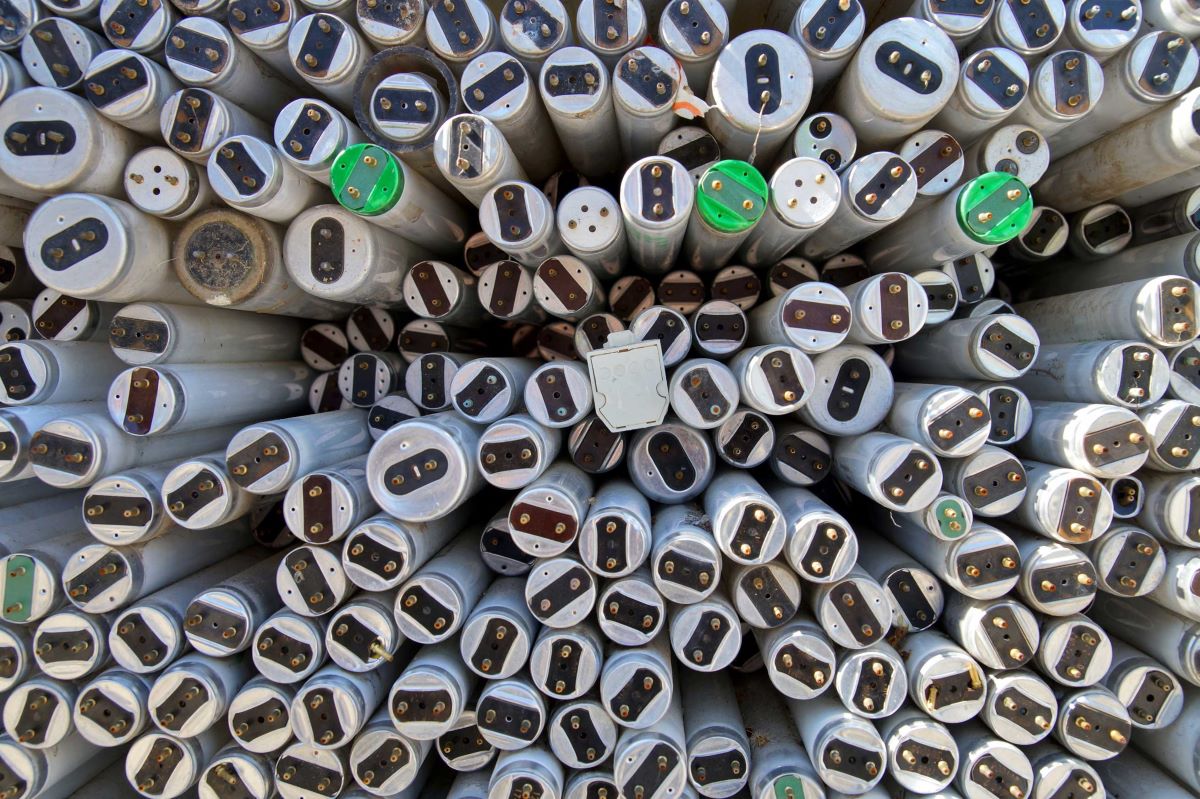

Articles
How To Safely Dispose Fluorescent Tubes
Modified: January 7, 2024
Looking for articles on how to dispose of fluorescent tubes? Read our expert tips and guidelines on safely getting rid of these environmentally harmful materials.
(Many of the links in this article redirect to a specific reviewed product. Your purchase of these products through affiliate links helps to generate commission for Storables.com, at no extra cost. Learn more)
Introduction
Fluorescent tubes have become a popular lighting option due to their energy-efficiency and long lifespan. However, many people are not aware of the proper methods for disposing of these tubes once they reach the end of their life cycle. Improper disposal of fluorescent tubes can have detrimental effects on the environment and human health due to the presence of hazardous materials like mercury.
In this article, we will explore the importance of proper disposal of fluorescent tubes and provide you with various methods for safely disposing of them. We will also discuss recycling options for fluorescent tubes and the regulations and guidelines associated with their disposal. By the end of this article, you will have a comprehensive understanding of how to dispose of fluorescent tubes responsibly and protect the environment.
Key Takeaways:
- Proper disposal of fluorescent tubes is crucial to protect the environment and human health due to the presence of hazardous materials like mercury. Recycling options and adherence to disposal regulations are essential for responsible disposal.
- When handling fluorescent tubes, it’s important to take precautions to minimize the risk of exposure to mercury and ensure safe disposal. Following safety measures and raising awareness can contribute to a healthier and cleaner environment.
Read more: Where To Dispose Of Fluorescent Tubes
Understanding Fluorescent Tubes
Before delving into the proper disposal methods, it is important to have a basic understanding of what fluorescent tubes are made of and how they work. Fluorescent tubes are a type of energy-efficient lighting technology that relies on the interaction of electricity and gases inside a glass tube to produce light.
Inside a fluorescent tube, there is a small amount of mercury vapor, which is responsible for the tube’s ability to emit light. When electricity is applied to the tube, it excites the mercury vapor, causing it to emit ultraviolet (UV) light. The inner surface of the tube is coated with a phosphor powder, which absorbs the UV light and re-emits it as visible light.
Fluorescent tubes come in various shapes and sizes, with the most common being the straight tube and the compact fluorescent lamp (CFL). The straight tube is commonly found in industrial and commercial settings, while the CFL is more commonly used in residential lighting fixtures.
These tubes are known for their energy efficiency, as they consume significantly less energy compared to traditional incandescent bulbs while producing the same amount of light. However, their energy-saving benefits can be overshadowed by the improper disposal of the tubes, which can release harmful substances into the environment.
Now that we have a basic understanding of what fluorescent tubes are and how they work, let us explore why it is crucial to dispose of them properly.
The Importance of Proper Disposal
Proper disposal of fluorescent tubes is of utmost importance due to the presence of hazardous materials, primarily mercury. While fluorescent tubes are energy-efficient and beneficial for lighting purposes, they pose a significant risk to human health and the environment if not disposed of correctly.
Mercury is a toxic substance that can cause severe health problems when released into the environment. If a fluorescent tube breaks, the mercury vapor can be inhaled, leading to respiratory issues and other health complications. Additionally, improper disposal of fluorescent tubes can contaminate soil and water sources, endangering wildlife and ecosystems.
By disposing of fluorescent tubes properly, we can minimize the release of mercury, reduce the risk of harm to ourselves and others, and protect the environment. Responsible disposal ensures that the tubes are handled in a way that prevents mercury from being released into the air or water, thereby minimizing the potential impact on our health and ecosystems.
Moreover, proper disposal also allows for the recycling and recovery of valuable materials. Fluorescent tubes contain components like glass, metals, and phosphor powder, which can be recovered and reused through recycling processes. Recycling not only conserves natural resources but also reduces the need for virgin materials and the associated energy consumption and greenhouse gas emissions.
Now that we understand the importance of proper disposal, let’s explore different methods for safely disposing of fluorescent tubes.
Methods for Safely Disposing of Fluorescent Tubes
When it comes to disposing of fluorescent tubes, it is essential to choose methods that minimize the risk of exposure to mercury and prevent environmental pollution. Here are some safe and responsible methods for disposing of fluorescent tubes:
- Local Recycling Centers: Many municipalities and local recycling centers have programs in place for accepting fluorescent tubes. These facilities ensure that the tubes are properly handled and recycled, reducing the risk of mercury contamination. Check with your local recycling center or waste management facility to see if they accept fluorescent tubes and if any specific packaging requirements or restrictions apply.
- Special Collection Events: Some communities organize special collection events specifically for hazardous waste, including fluorescent tubes. These events allow residents to drop off their used tubes for proper disposal. Keep an eye out for these events in your area and take advantage of the opportunity to dispose of your fluorescent tubes safely.
- Retailer Take-Back Programs: Some retailers, particularly those that sell fluorescent tubes, may offer take-back programs for used tubes. They provide collection bins or designated areas where customers can return their used tubes. This option is a convenient way to dispose of fluorescent tubes while ensuring proper recycling and disposal.
- Hazardous Waste Facilities: Hazardous waste facilities are equipped to handle and dispose of various types of hazardous materials, including fluorescent tubes. These facilities follow strict protocols to ensure the safe disposal of the tubes and prevent any harm to human health or the environment. Check with your local or regional waste management authority for information on hazardous waste facilities in your area.
- Mail-Back Programs: Some companies and organizations offer mail-back programs for fluorescent tubes. These programs provide pre-paid mailing kits that allow you to safely pack and ship your used tubes to a recycling facility. It is a convenient option, especially if you don’t have access to local recycling centers or other disposal methods.
Remember, when transporting fluorescent tubes for disposal, it’s important to handle them with care. Wrap the tubes in newspaper or place them in sturdy containers to prevent breakage. Avoid crushing or damaging the tubes, as this can release mercury vapor. Always follow the specific guidelines provided by the disposal facility or program.
Now that we have explored various methods for disposing of fluorescent tubes, let’s turn our attention to recycling options for these tubes.
When disposing of fluorescent tubes, check with your local waste management facility for proper disposal instructions. Many facilities have specific guidelines for handling and recycling these tubes to prevent environmental contamination.
Recycling Options for Fluorescent Tubes
Recycling fluorescent tubes is an environmentally responsible way to dispose of them while recovering valuable materials. The recycling process involves safely extracting and reusing components like glass, metals, and phosphor powder, minimizing the need for new raw materials and reducing waste. Here are some recycling options for fluorescent tubes:
- Local Recycling Centers: Many recycling centers accept fluorescent tubes for recycling. These facilities have the equipment and expertise to safely handle and process the tubes, ensuring the recovery of valuable materials while minimizing environmental impact. Some centers may require you to remove the ends or separate the tubes by type, so it’s important to check with the specific center for their requirements.
- Manufacturer or Retailer Recycling Programs: Some manufacturers or retailers of fluorescent tubes offer recycling programs for their products. They have systems in place to collect used tubes and recycle them properly. Check with the manufacturer or retailer of your fluorescent tubes to see if they have a recycling program available. This option might require you to return the tubes to the point of purchase or ship them back through a mail-back program.
- Specialized Recycling Companies: There are specialized recycling companies that focus on the recycling of fluorescent tubes and other lighting products. These companies have the knowledge and resources to safely dismantle and recycle the tubes, ensuring that valuable materials are recovered and environmental contamination is minimized. You can search for these companies online or contact your local waste management authority for recommendations.
- E-Waste Recycling Events: Electronic waste (e-waste) recycling events often accept fluorescent tubes along with other electronic devices. These events provide a convenient opportunity to responsibly dispose of fluorescent tubes while ensuring proper recycling. Keep an eye out for e-waste recycling events in your community.
- Corporate Recycling Programs: In some cases, corporations or large organizations may have their own recycling programs that accept fluorescent tubes from their employees or the public. These programs often have drop-off locations or collection points within their premises. Check with your employer or local businesses to see if they have such programs available.
By choosing recycling options for your fluorescent tubes, you can contribute to a circular economy, conserve resources, and reduce the environmental impact of these lighting products. Always ensure that you follow the specific guidelines provided by the recycling facility or program when preparing and transporting the tubes for recycling.
Now that we have covered recycling options, let’s move on to discussing the regulations and guidelines associated with the disposal of fluorescent tubes.
Read more: How To Dispose 4-Feet Fluorescent Tubes
Disposal Regulations and Guidelines
Proper disposal of fluorescent tubes is governed by regulations and guidelines to ensure the protection of human health and the environment. These regulations aim to minimize the release of hazardous materials, particularly mercury, during the disposal process. Here are some key disposal regulations and guidelines to be aware of:
- Environmental Protection Agency (EPA) Regulations: In the United States, the EPA has established regulations for the management and disposal of hazardous waste, including fluorescent tubes. These regulations specify requirements for handling, storage, transportation, and disposal of the tubes to prevent environmental contamination. It is important to comply with these regulations to avoid penalties and mitigate potential environmental harm.
- State and Local Regulations: In addition to federal regulations, many states and local municipalities have their own regulations and guidelines for the disposal of fluorescent tubes. These regulations may vary from one jurisdiction to another, so it is important to research and comply with the specific rules applicable in your area. Contact your local waste management authority or environmental agency for more information on the regulations in your region.
- Proper Packaging: When disposing of fluorescent tubes, proper packaging is essential to prevent breakage and the release of mercury vapor. Many regulations and guidelines require the use of specific packaging materials, such as sealable plastic bags or rigid containers, to ensure safe transportation and disposal. Follow the recommended packaging guidelines provided by the disposal facility or program to minimize the risk of mercury exposure.
- Notification and Reporting: Some regulations may require individuals or businesses generating a certain quantity of fluorescent tubes to notify the relevant authorities or keep records of the quantity and disposal methods. This helps authorities track and monitor the proper disposal of hazardous waste. Familiarize yourself with any notification or reporting obligations imposed by the regulations in your jurisdiction.
- Training and Certification: In certain situations, individuals involved in the handling or disposal of fluorescent tubes may need to undergo specific training or obtain certification to ensure proper handling and minimize the risk of exposure. This is especially relevant in cases where large quantities of fluorescent tubes are being managed or where specialized equipment is involved. Compliance with training and certification requirements helps maintain a safe working environment and ensures adherence to regulations.
Remember to consult the specific regulations and guidelines applicable in your area to ensure compliance with proper disposal practices. Stay informed about any updates or changes in regulations to ensure that you are disposing of fluorescent tubes in a manner that aligns with the latest requirements.
Now that we have covered disposal regulations and guidelines, let’s move on to discussing precautions and safety measures when handling fluorescent tubes.
Precautions and Safety Measures
When handling fluorescent tubes, it is important to take precautions and implement safety measures to protect yourself, others, and the environment. Here are some essential precautions and safety measures to consider:
- Avoid Breaking the Tubes: Fluorescent tubes contain mercury, which can be released as vapor if the tubes break. Handle the tubes with care and avoid dropping or mishandling them to reduce the risk of breakage. If a tube does break, follow proper clean-up procedures to minimize exposure to mercury vapor.
- Wear Protective Gear: When handling fluorescent tubes, it is recommended to wear protective gear, such as gloves and safety glasses. This helps prevent direct contact with the tubes and provides an extra layer of protection in case of breakage. Inhaling mercury vapor or getting exposed to the phosphor powder can have adverse health effects, so it is crucial to take necessary precautions.
- Ventilate the Area: When working with fluorescent tubes, make sure the area is well-ventilated. Open windows or use fans to circulate fresh air and dissipate any potential mercury vapor that might be released during handling or breakage.
- Proper Storage: If you need to store used fluorescent tubes before disposal, ensure they are stored in a secure area away from children and pets. Keep them in a location where they are less likely to be accidentally broken.
- Follow Disposal Guidelines: Always follow the disposal guidelines outlined by the recycling center, disposal facility, or program you choose. Separate the tubes by type if required and carefully package them according to the provided instructions. Ensure that you transport the tubes upright and avoid any actions that could cause them to break or release mercury vapor.
- Dispose of Other Components Separately: In some cases, the end caps or other components of the fluorescent tubes may need to be disposed of separately. Check with the disposal facility or program for specific instructions on how to handle these additional components.
By taking these precautions and implementing safety measures, you can minimize the risk of exposure to mercury and ensure the safe handling and disposal of fluorescent tubes. It is also important to raise awareness among family members, colleagues, and the wider community about the potential risks associated with improper handling and disposal of these tubes.
Now that we have covered precautions and safety measures, let’s conclude our article.
Conclusion
Proper disposal of fluorescent tubes is crucial to protect the environment and human health. These energy-efficient lighting options contain hazardous substances like mercury, which can cause harm if not handled and disposed of correctly.
In this article, we have explored the importance of proper disposal and the potential risks associated with improper handling of fluorescent tubes. We have discussed various methods for safely disposing of these tubes, including local recycling centers, special collection events, retailer take-back programs, hazardous waste facilities, and mail-back programs. Recycling options have been highlighted as an environmentally responsible approach to dispose of fluorescent tubes, allowing for the recovery of valuable materials.
Additionally, we have emphasized the need to comply with disposal regulations and guidelines set by authorities such as the Environmental Protection Agency (EPA) and local municipalities. These regulations ensure that the tubes are managed and disposed of in a manner that minimizes the release of hazardous materials and protects the environment.
Finally, we have outlined important precautions and safety measures to follow when handling fluorescent tubes, such as avoiding breakage, wearing protective gear, ventilating the area, and properly storing the tubes until disposal.
By following these guidelines, we can collectively ensure that fluorescent tubes are disposed of responsibly and safely. Together, we can minimize the risks associated with improper disposal and contribute to a healthier and cleaner environment.
Frequently Asked Questions about How To Safely Dispose Fluorescent Tubes
Was this page helpful?
At Storables.com, we guarantee accurate and reliable information. Our content, validated by Expert Board Contributors, is crafted following stringent Editorial Policies. We're committed to providing you with well-researched, expert-backed insights for all your informational needs.
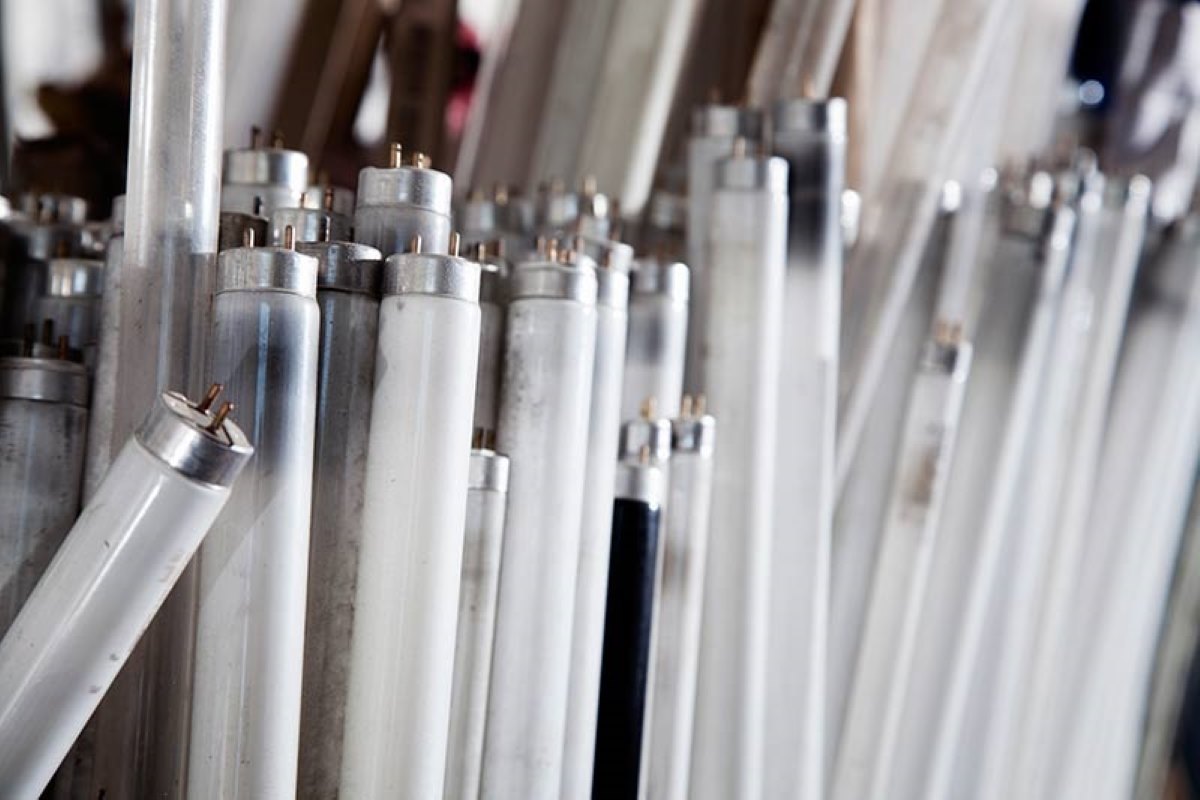
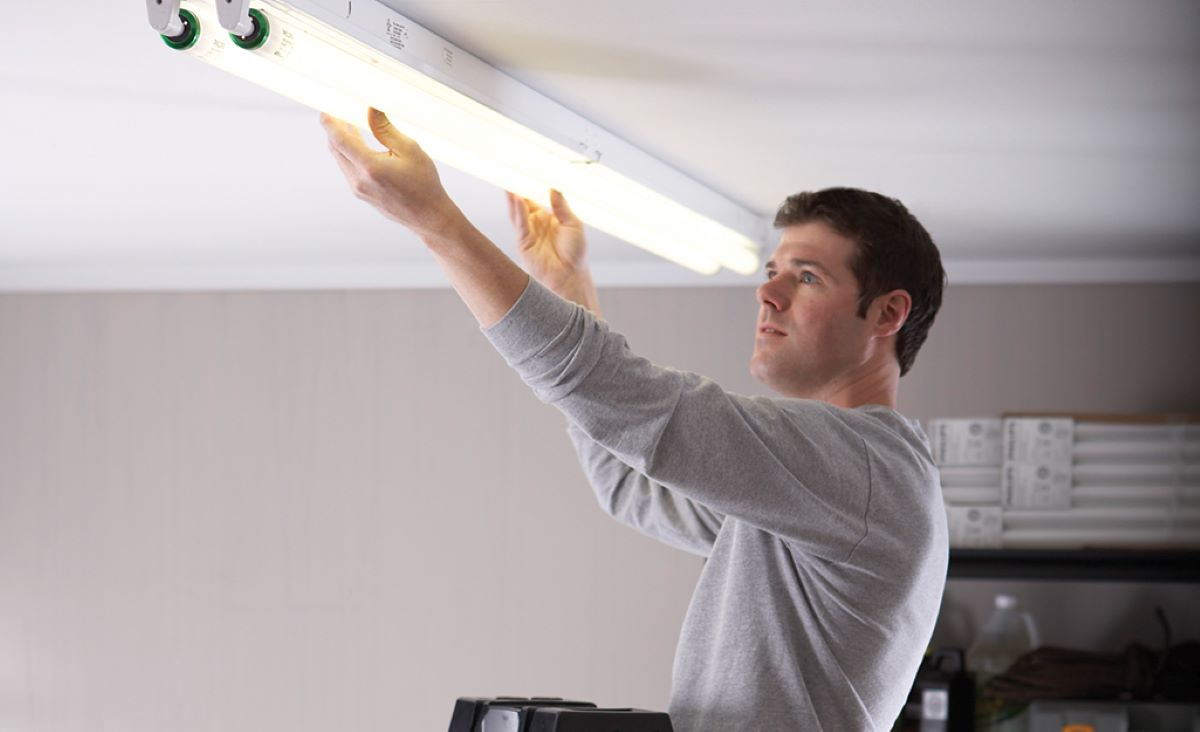
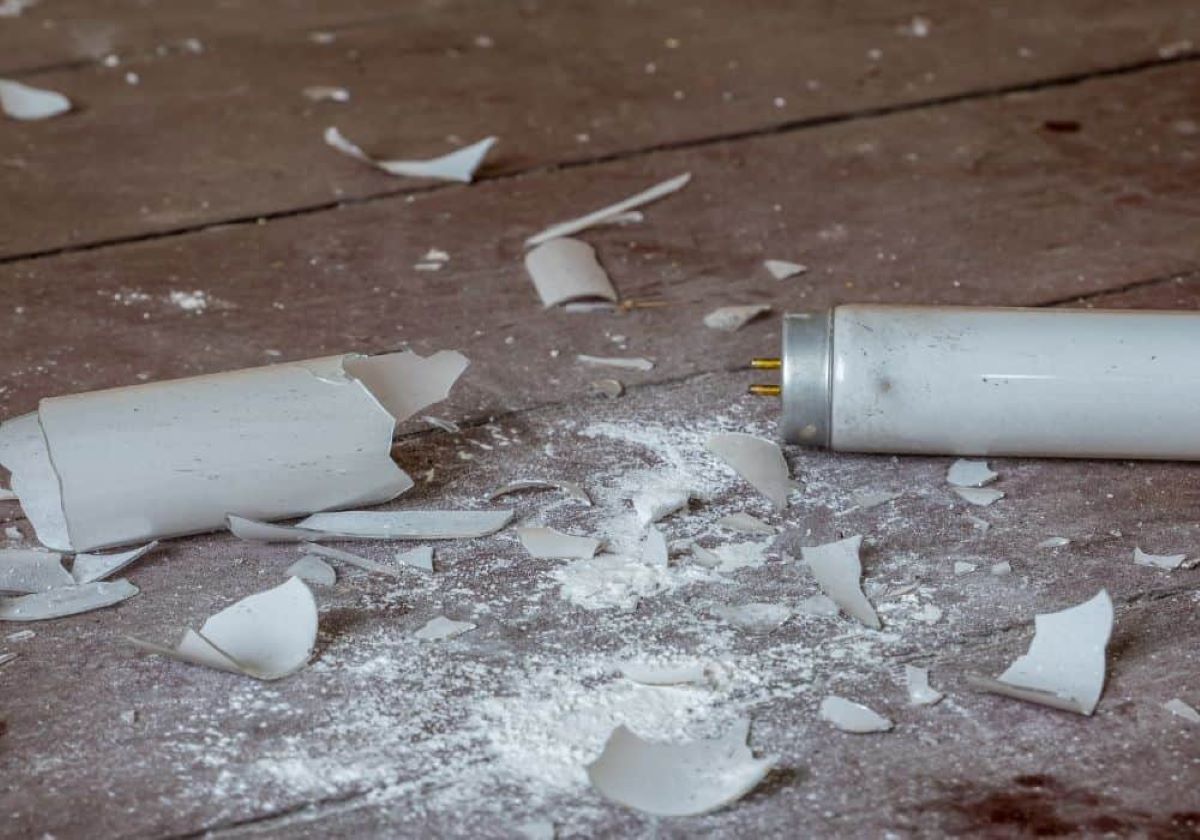

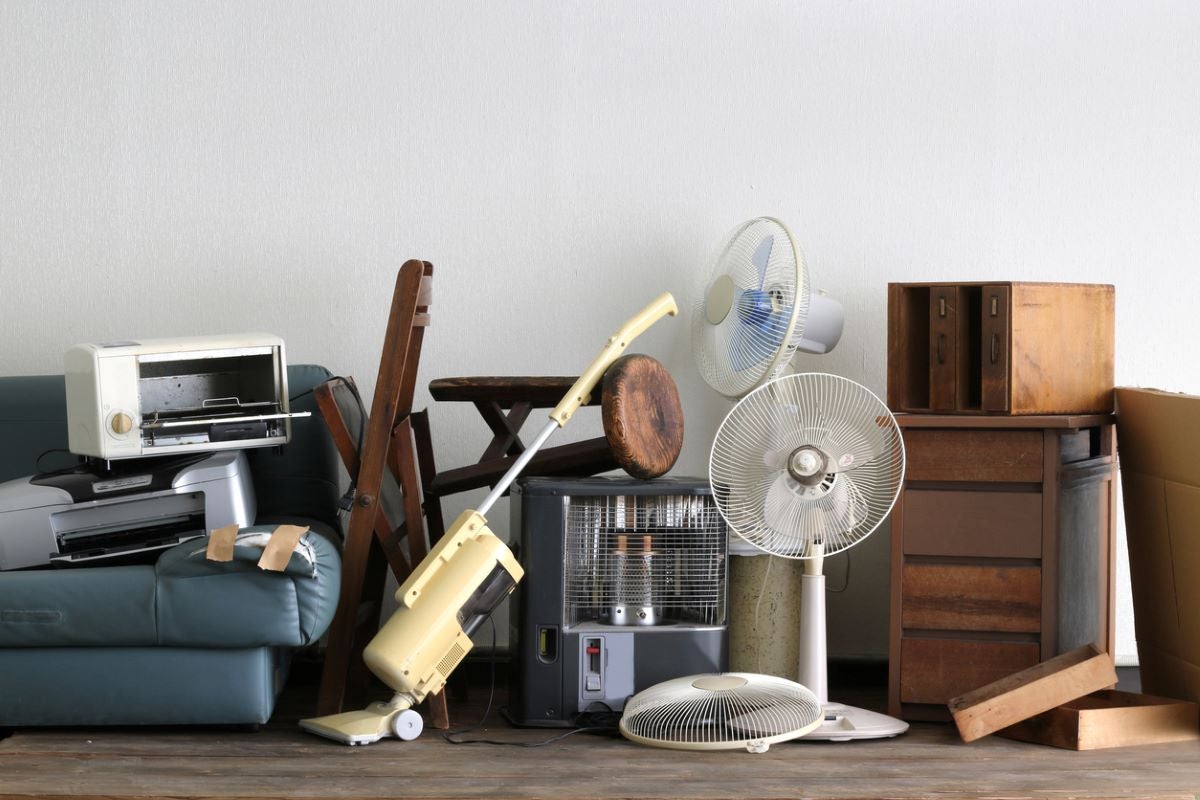
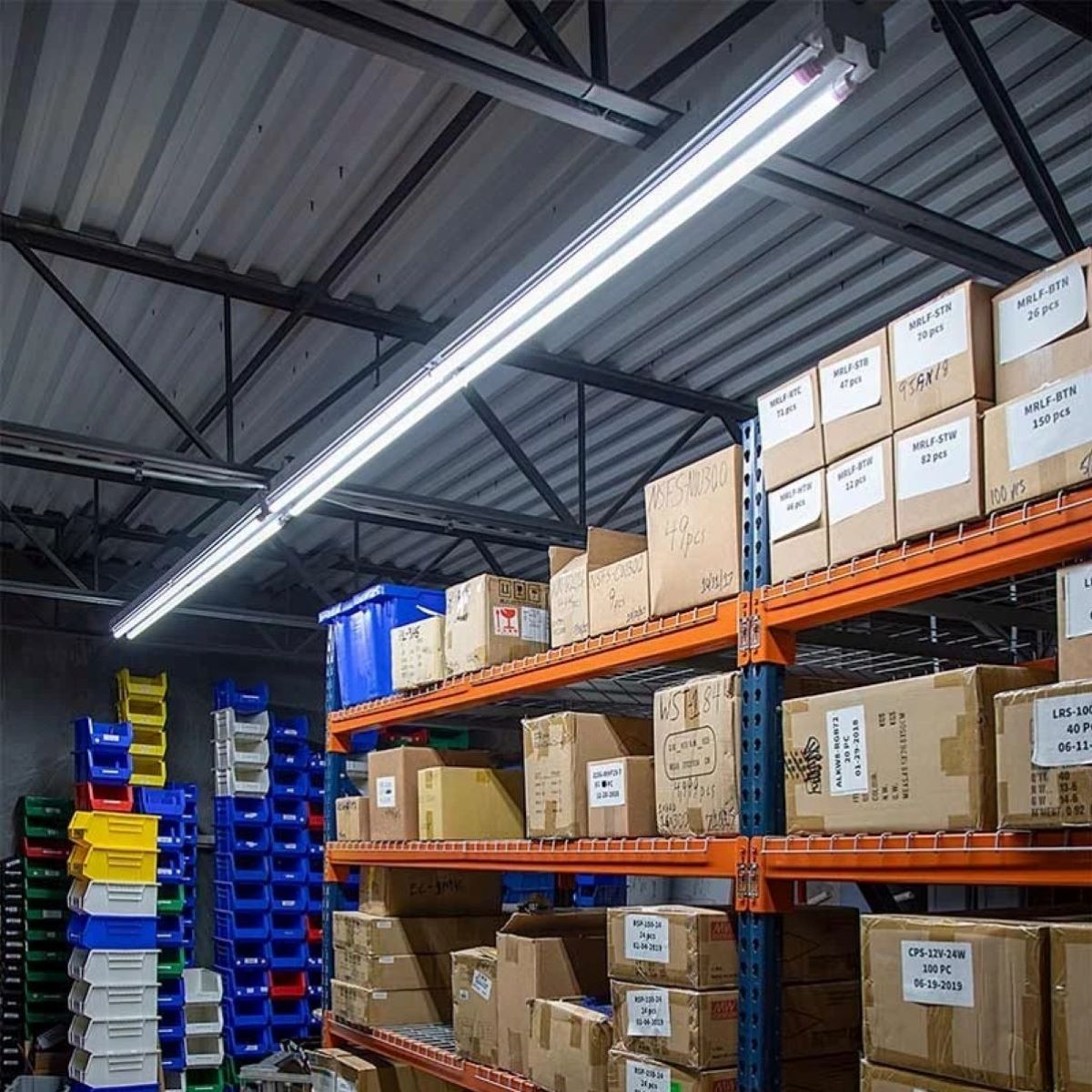
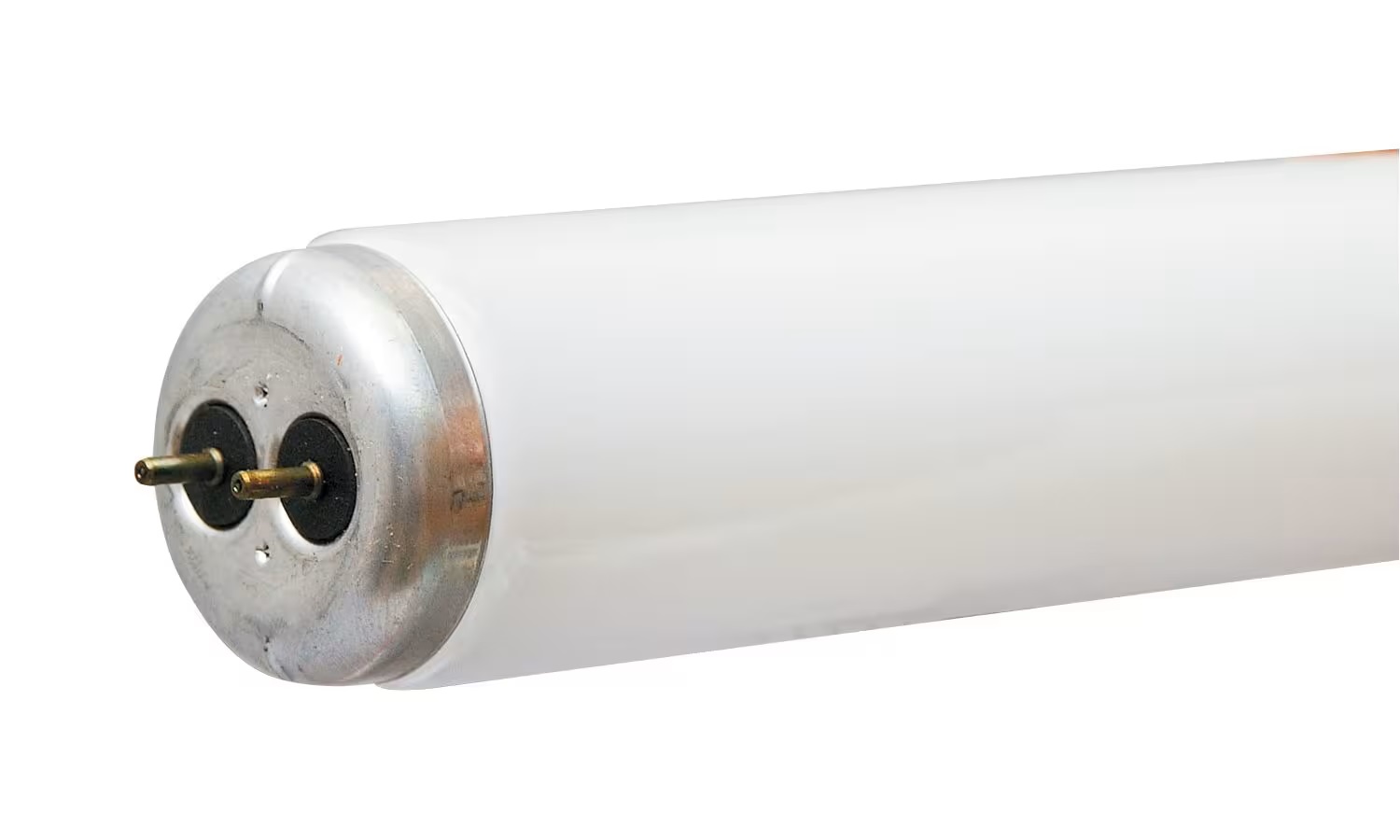
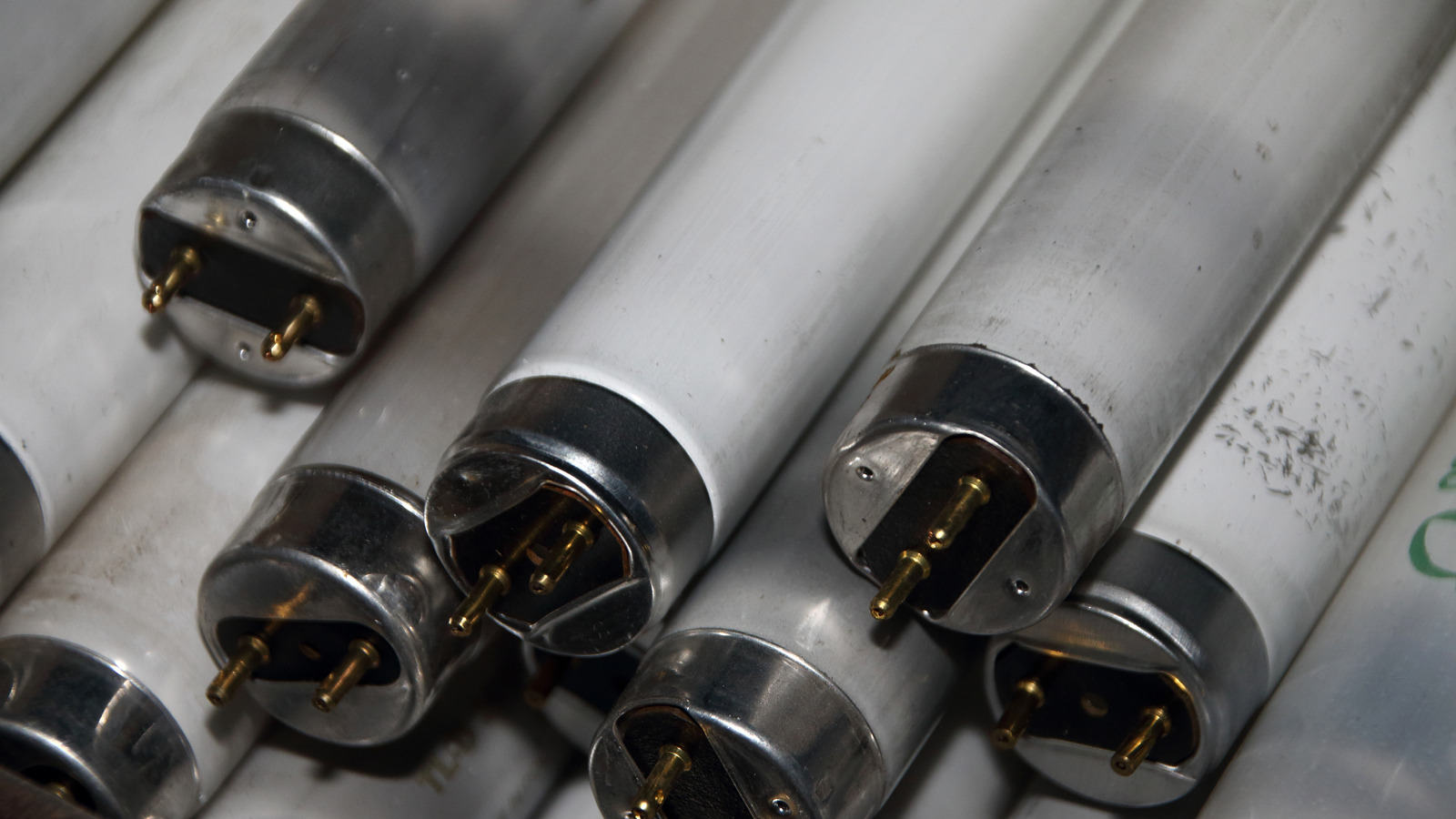

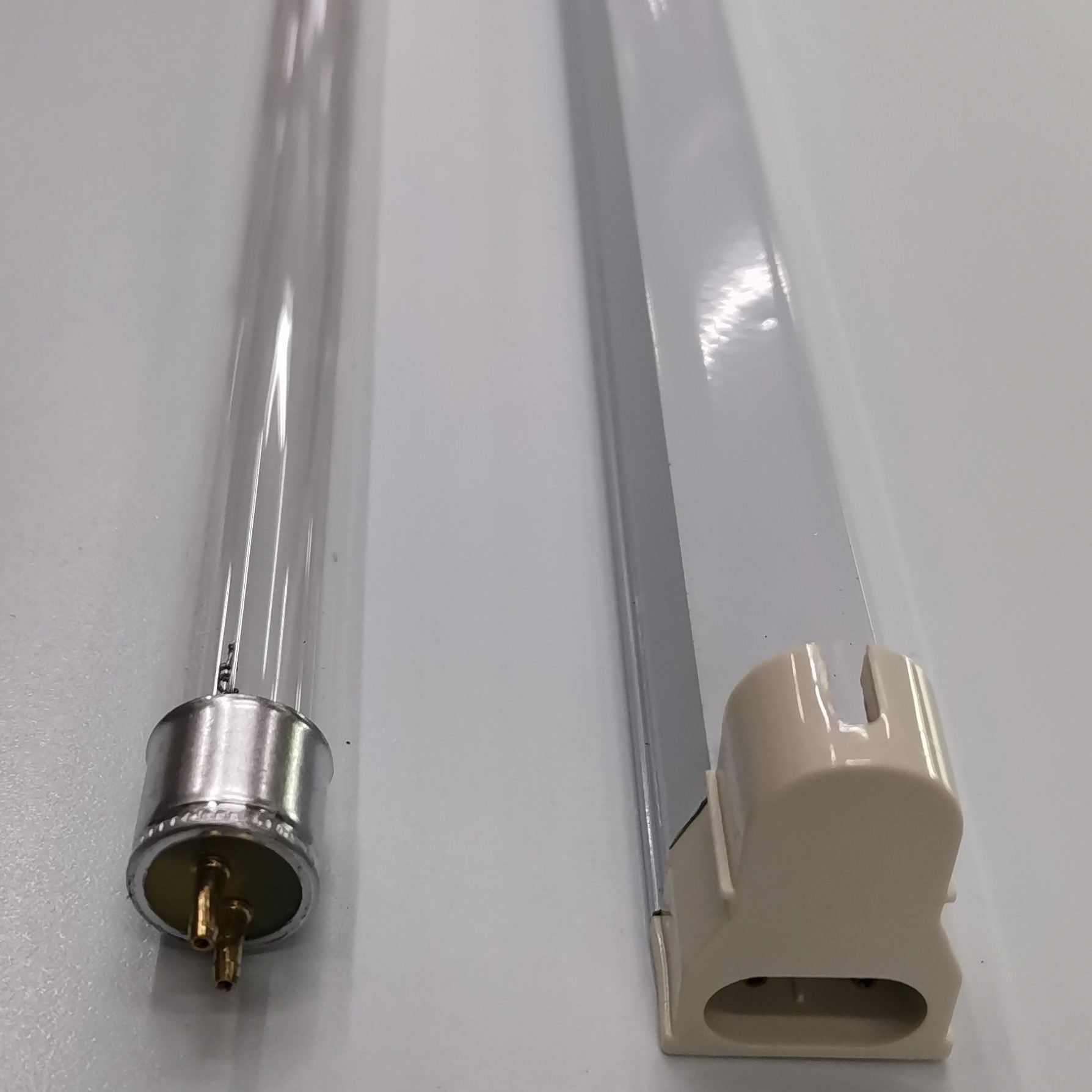
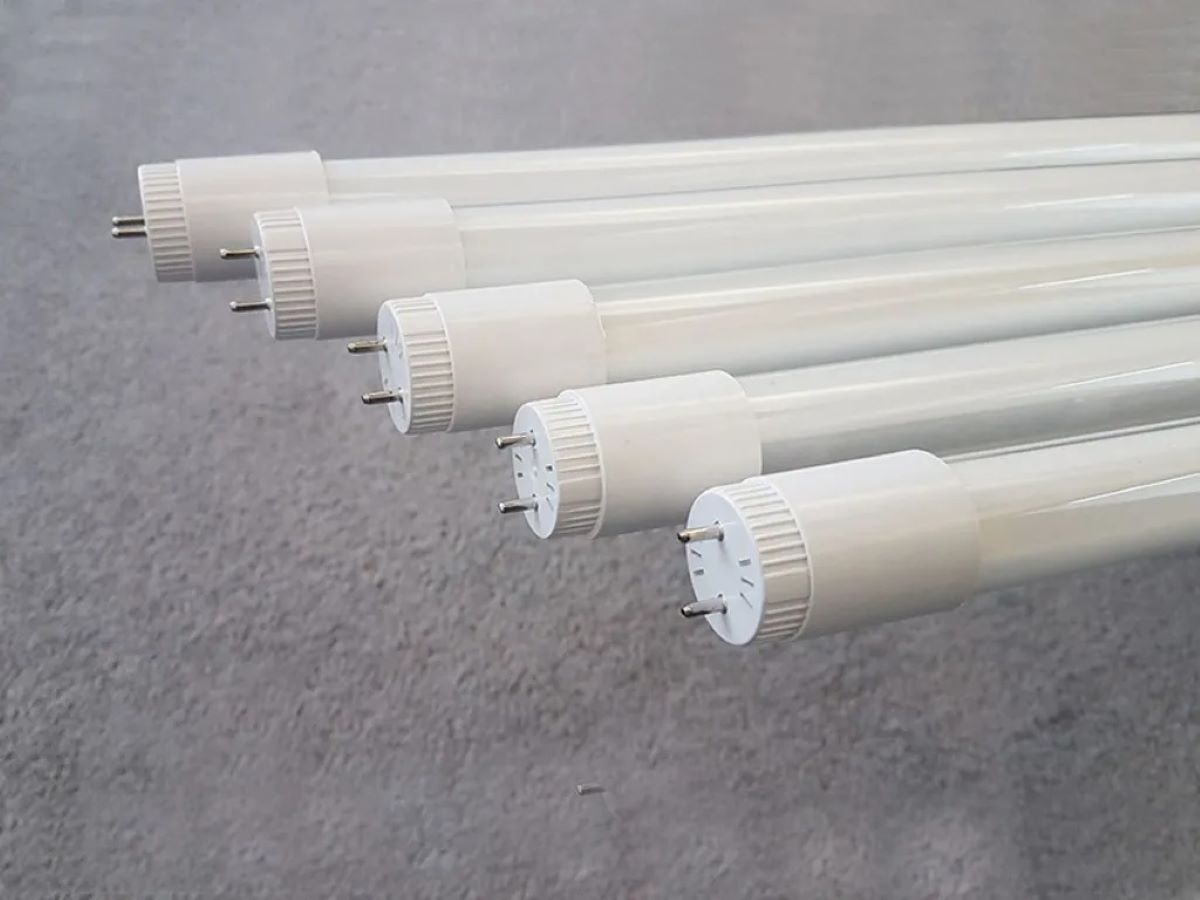
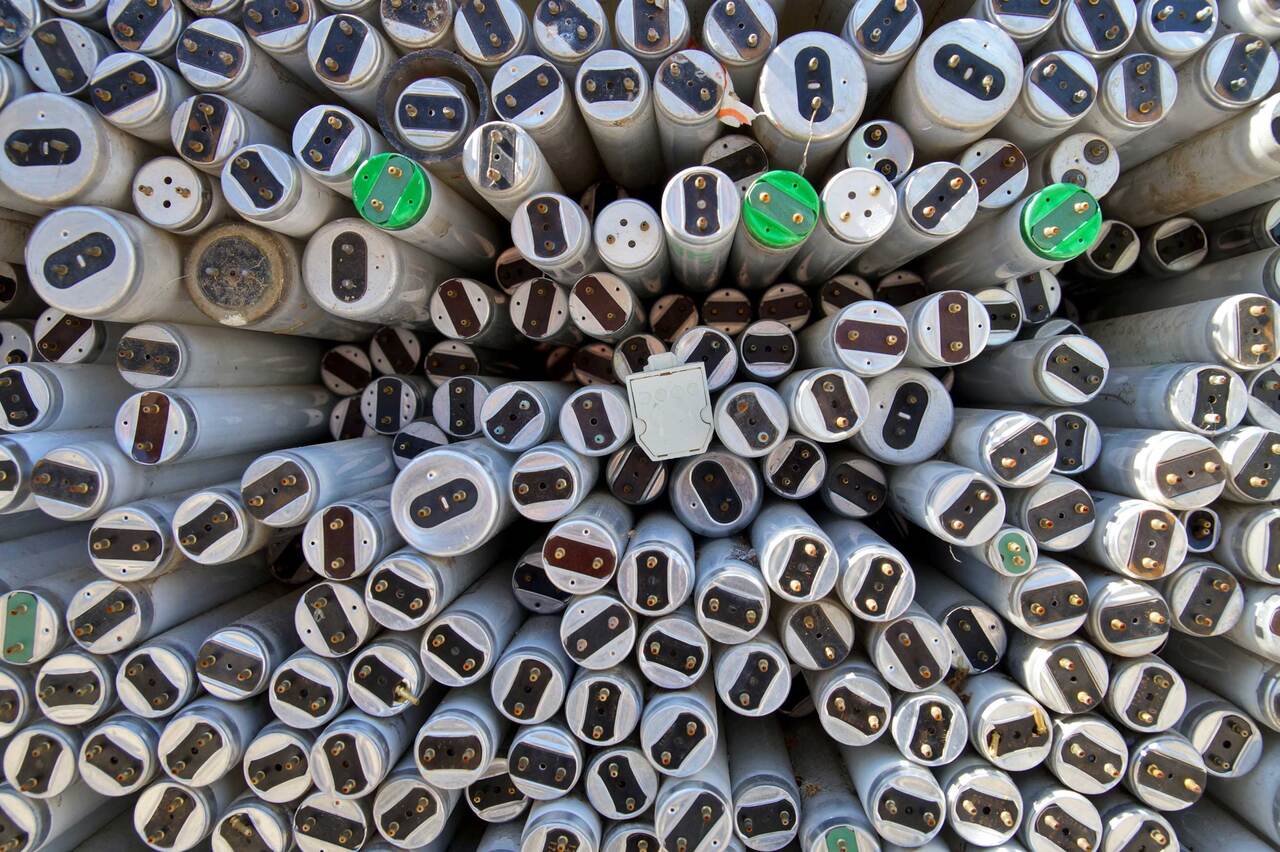
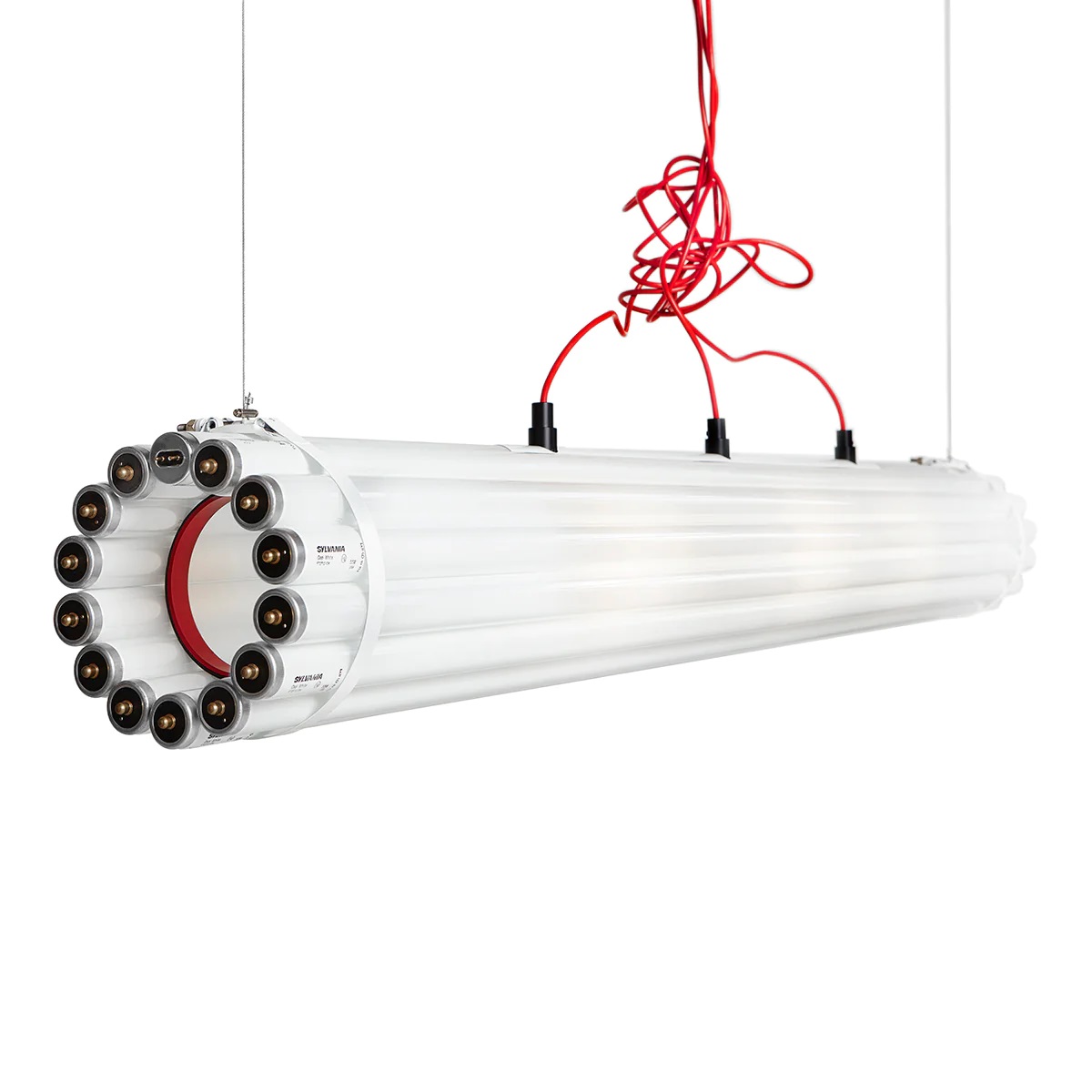
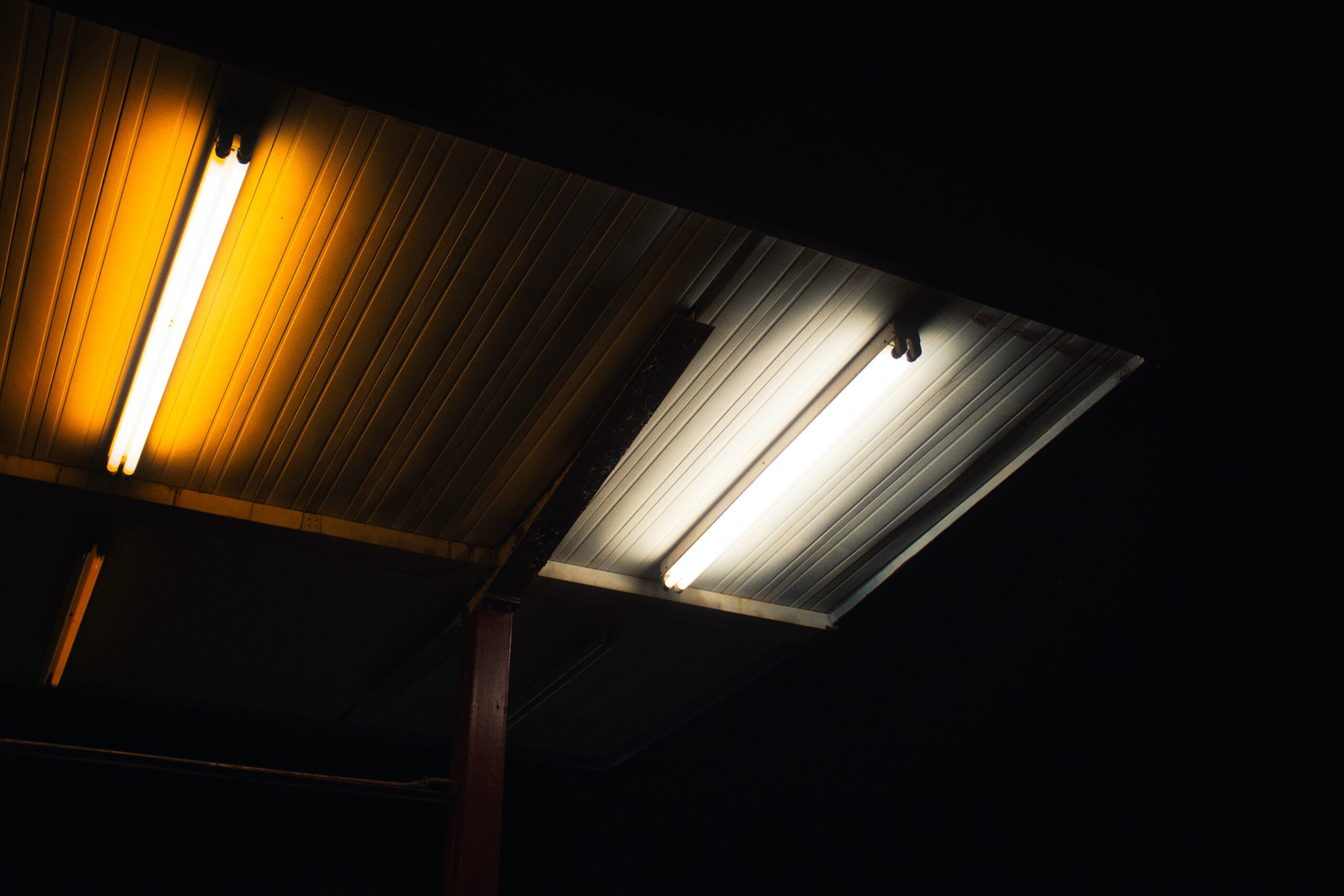

0 thoughts on “How To Safely Dispose Fluorescent Tubes”